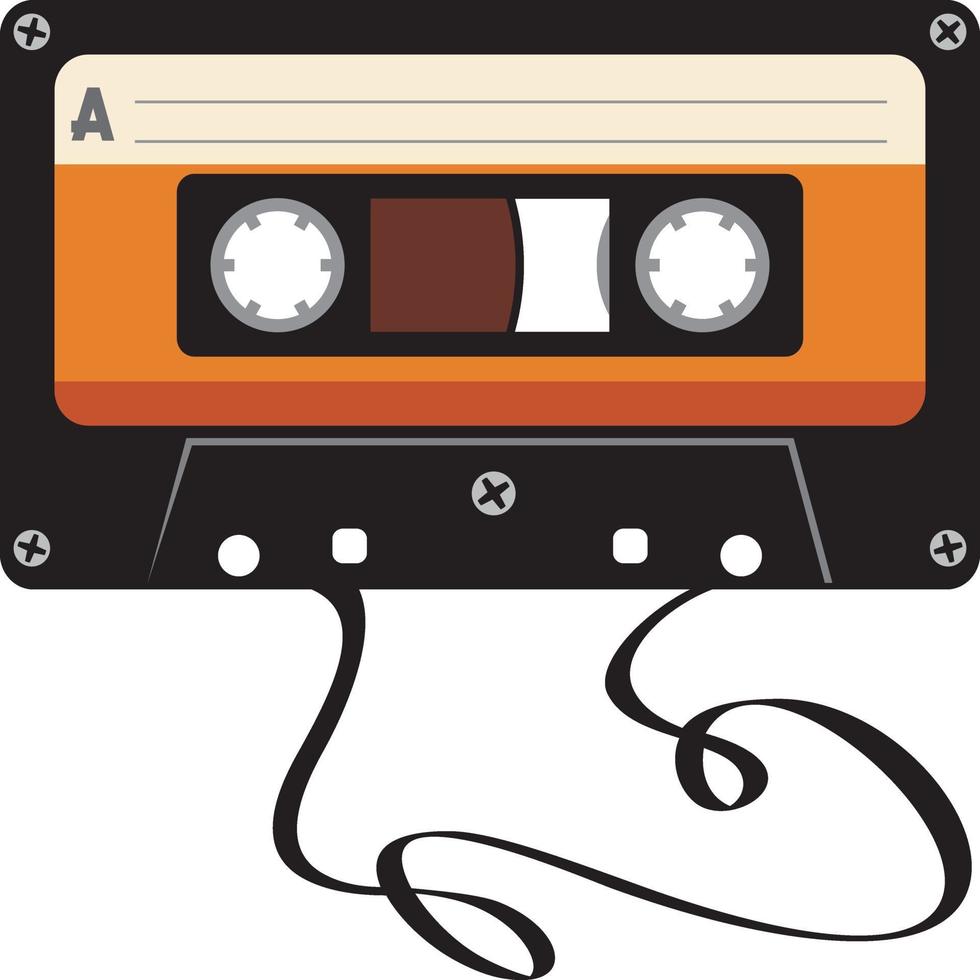Textual arrangement as a vehicle for emotion in early punk fanzines
DOI:
https://doi.org/10.15167/1824-7482/pbfrm2021.35.1952Abstract
Using a corpus of French and English fanzines from the first wave of punk (1976-1980), this chapter explores the way emotivity may be constructed through the use of non-normative page layouts and in the way a variety of forms of writing are made to coexist in these publications. From a practical point of view, these features reflect the specific production process of the fanzine page: a montage of elements including text in typescript and felt-tip pen, which is then photocopied. This process requires little financial outlay or infrastructure. However, it is also a product of the do-it-yourself ethos characteristic of the punk scene more widely, in which autonomy is given a particular value. We look initially at the non-horizontal alignment of elements (text blocks and/or images), before considering the case of crossing-out, which is applied even to the name of the fanzine in certain issues, and occurs elsewhere in the context of written dialog, drawing on the tension between the manuscript of the article titles and the typescript of the body of the texts. Such elements are valorized within a symbolic economy, allowing a distinction to be made between the fanzine and the commercial music press title, whose comparative neatness equates to a position outside the punk field.
Downloads
Published
Versions
- 2022-04-30 (4)
- 2022-03-16 (3)
- 2022-02-17 (2)
- 2021-12-17 (1)
Issue
Section
License
Copyright (c) 2021 Publifarum

This work is licensed under a Creative Commons Attribution-NonCommercial 4.0 International License.


